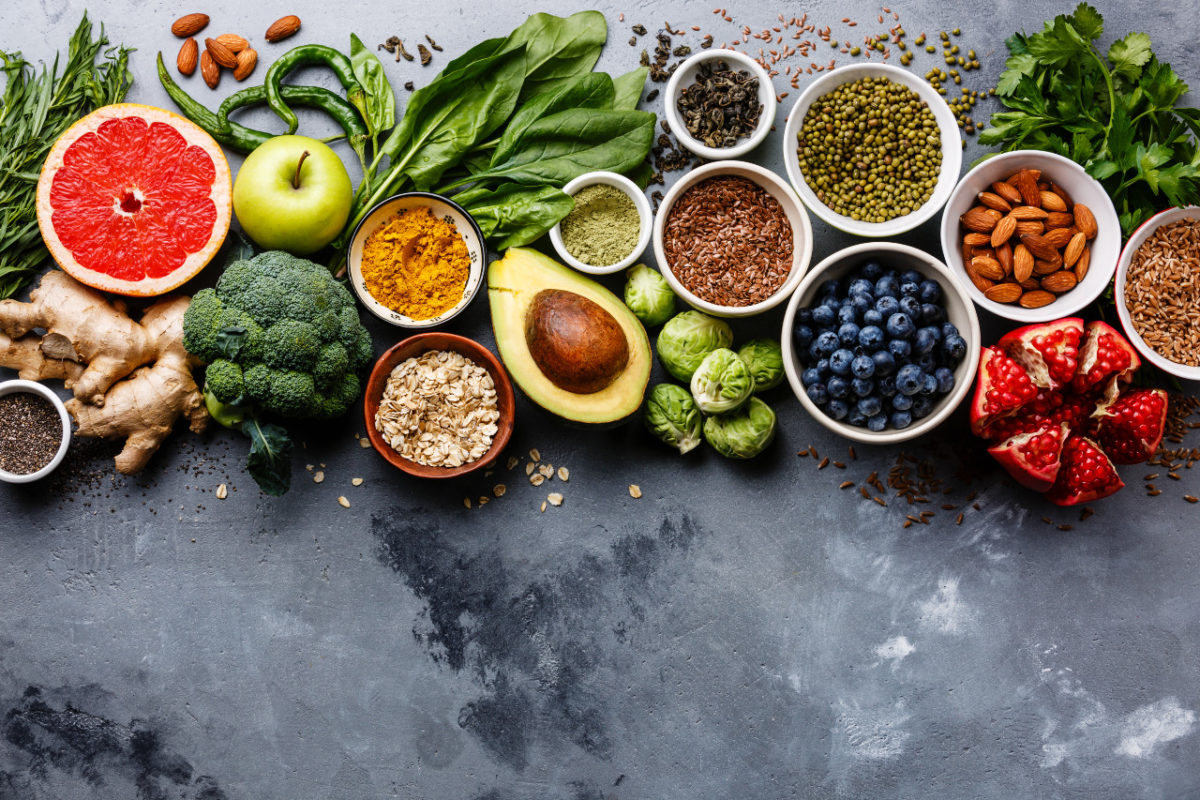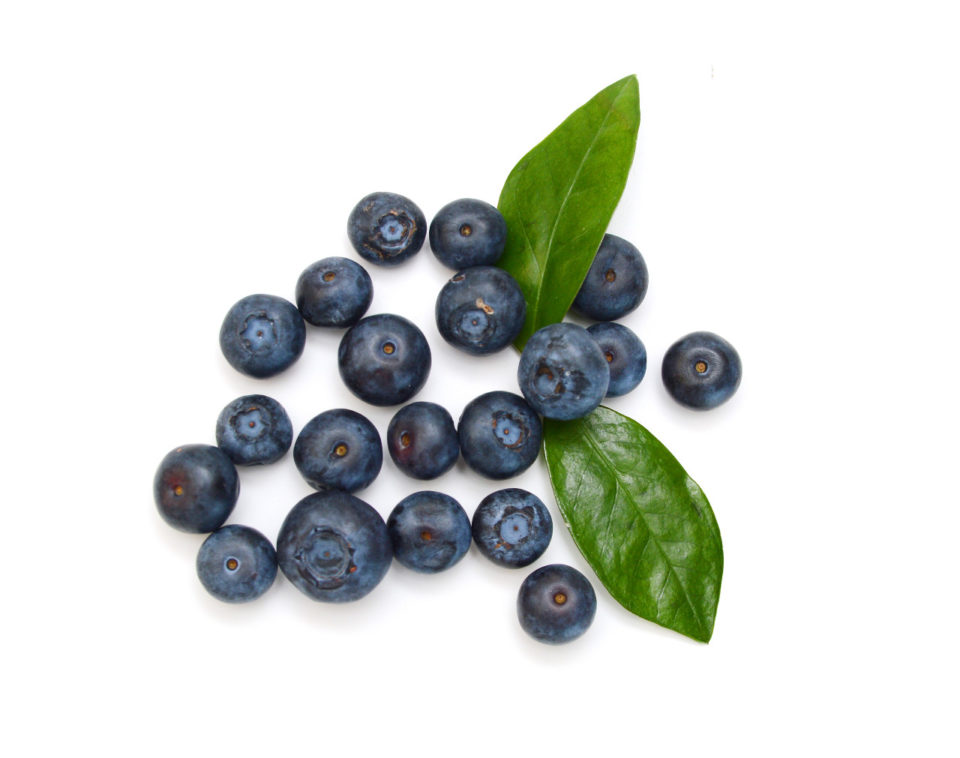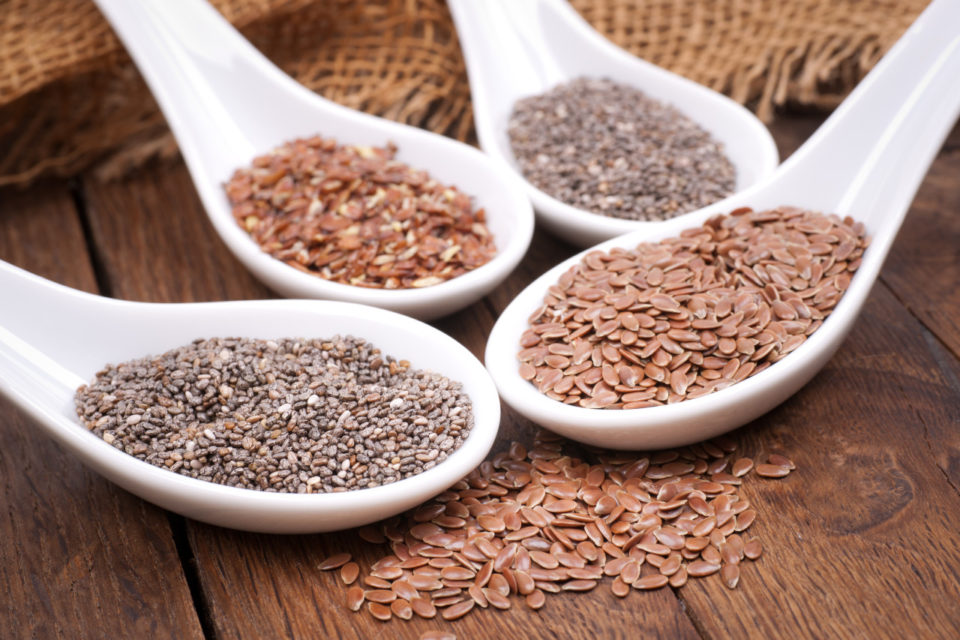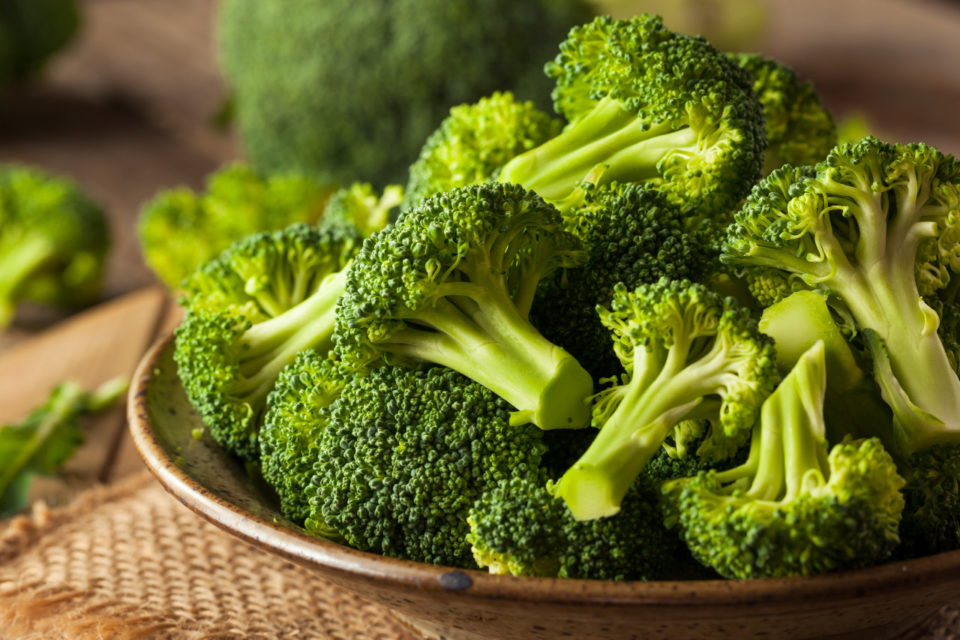
You’re probably already aware that your training isn’t the only thing that has a considerable impact on your success: your diet does too. But do you know which superfoods support your body so it can achieve the best possible performance? And that you don’t need to spend a small fortune on superfoods from the other side of the globe? You can easily get the same effects from regional produce in a far more planet-friendly way. Keep reading for our advice on how to improve your performance and reach your training goals using regional superfoods.
Superfoods for athletes – and their regional alternatives
Acai berries vs. blueberries
Native to Brazil, their many positive properties have made acai berries very popular with athletes. As well as being low carb and a source of slow-release energy thanks to their fiber and healthy fats, they also have a high antioxidant potential. This means that the antioxidants in acai berries are particularly good at protecting our cells. The berries also contain calcium, iron, magnesium, and vitamins B1, B2, B3, B6, C, D, and E. But there is a regional fruit that has just as many benefits: the blueberry. It boasts many minerals, including calcium, iron, zinc, magnesium, potassium, and vitamins in abundance, such as vitamin E and C. Blueberries also have an antioxidant effect because they contain the plant pigment anthocyanin, which can also bind free radicals, thereby protecting our cells. There are huge benefits to both types of berries. Now you just need to decide which superfruit to choose!
Recipe ideas: Most people eat acai berries in food bowls or muesli. But you can also add acai berries to smoothies. Blueberries can be eaten the same way. They taste great in smoothies, your food bowl for breakfast, or in your muesli, and can have as big an impact as acai berries when it comes to boosting your performance in training.

Goji berries vs. blackcurrants
Let’s move on to another berry: the goji berry. Originating from China and Mongolia, this berry is full of important micronutrients. The orange-red berries contain vitamins A, C, D, E, and K and all the B vitamins, and they also have minerals like sodium, potassium, calcium, magnesium, and phosphorous. The trace elements iron and zinc, or copper, manganese, fluoride, and iodide they contain are also good for your body. With each berry, you’re consuming a vast number of important nutrients that maintain your body and can therefore also boost your performance. For a similar impact, try blackcurrants as an alternative. They also contain large quantities of vitamin C plus iron, potassium, calcium, and magnesium. The phytochemical anthocyanin found in blackcurrants is believed to protect against cardiovascular diseases and cancers and fight off cytotoxic substances, as well as being anti-inflammatory. Athletes can benefit from blackcurrants because they don’t just promote recovery – they also guard against muscle soreness. Both berries offer a range of benefits. So, which is your favorite?
Recipe ideas: Goji berries are a great addition to your muesli, yogurt, curd cheese, or even salad. But, just like cranberries, you can also slip them into savory dishes. Blackcurrants have a slightly bitter taste, which is why they are generally made into jams and jellies. Add them to your muesli, curd cheese, or a food bowl in this form for an extra fruity kick.
Chia seeds vs. flaxseeds
They contain five times more calcium than milk and are rich in omega-3 fatty acids – everyone is talking about chia seeds. They’re also rich in magnesium, phosphorous, and iron which, together with the large quantity of calcium, ensure healthy bones. They contain countless vitamins (E, B1, B3, A, biotin) and minerals like zinc and potassium. Chia seeds are also antioxidants thanks to the trace element selenium. Just two tablespoons a day are enough to supply your body with a range of important nutrients and make it fit for training and competitions. Chia seeds originally come from South America, but there’s a regional alternative that’s just as good for your body. Flaxseeds. Flaxseeds are not just loaded with fiber. They also bind toxins in the intestines, making them great at detoxing your body. They contain more omega-3 fatty acids than fish, which can protect your heart and cardiovascular system while supporting the body’s own defense cells. They are also antioxidants and rich in vitamins. They even contain folic acid, and are low carb, which make them popular with many athletes. However, you shouldn’t overdo it – just 2-3 tablespoons a day is enough to get the benefits. Flaxseeds contain small quantities of hydrocyanic acid, so you should only consume them crushed, steeped, or soaked. Or, you can get flaxseed in the form of flour, ground, or as linseed oil, and even in capsules. So, you have a choice between the two types of seeds.

Recipe ideas: In smoothies, as a replacement for oatmeal in yogurt or curd cheese, or even as an ingredient in bread – chia seeds are easy to use, and you’re bound to find a recipe you can include in your diet plan. And the same goes for flaxseeds. You can eat them in muesli, in your yogurt, or use them to bake with. Here too, there are many ways to include flaxseeds in your diet plan to boost your performance.
Quinoa vs. millet/wheat/spelt
In the last few years, the “pseudocereal” quinoa has increasingly gained popularity and prominence. The cereal isn’t a cereal at all, because although it’s processed like a cereal, it does not contain gluten, and has a vastly different nutrient composition to cereals like oats or wheat. It gained its reputation as a source of not only high-quality plant protein, but also iron, folic acid, magnesium, zinc, and manganese. The complex carbohydrates found in quinoa supply your body with slow-releasing energy, which is why athletes are turning to this cereal in droves. The healthy fiber found in quinoa also supports healthy intestines and has a beneficial impact on blood sugar and cholesterol levels. But quinoa comes from South America, and our native types of cereal are almost as healthy and good for you when it comes to strengthening your body and boosting performance. For example, spelt contains high-quality protein, many vitamins and minerals, plus a high proportion of fiber and unsaturated fatty acids. The silicon in spelt also helps to stabilize tissue. Wheat is more widely known than spelt. And this cereal also scores highly, with a high protein content and abundant vitamins and minerals, all of which can improve your muscle function. Plus, the fiber it contains is beneficial to athletes. Another alternative to quinoa is millet. Millet is predominantly known as a source of iron and magnesium, and there’s a reason that it’s the staple food in many countries. It also contains numerous vitamins, minerals, and trace elements.
Recipe ideas: Quinoa and millet both make a great garnish for vegetable dishes, for example. Wheat and spelt are generally found in baked goods.
Wheatgrass vs. broccoli/kale
Wheatgrass is crammed full of vitamins, which is why it is so popular with athletes. Eating wheatgrass will supply your body with vitamins A, C, E, F, K, and niacin. Wheatgrass also contains vitamins B1, B2, B6 and selenium, zinc, iron, and magnesium. And unlike wheat, it does not contain gluten, making it perfect for anyone following a gluten-free diet. Most people eat wheatgrass as a powder. It’s easy to dissolve in liquids and drink. However, the taste takes some getting used to, so it’s often mixed with apple juice, or simply cut into a salad in the form of dried grass. It is certainly worth including wheatgrass in your diet plan. However, wheatgrass is mostly grown in China or North America, and to eat the recommended daily allowance of vitamin C, for example, you need to eat quite a lot of it. But there are alternatives that are also crammed with vitamins: broccoli and kale. High-quality protein and fiber, plenty of vitamin C, vitamin K, folic acid, potassium, and antioxidants that protect our cells – broccoli is frequently underestimated, even though it contains a load of important nutrients. Kale is also a native vegetable which has earned the title superfood. It contains a load of vitamin C, folic acid, vitamins A, E, protein, but also minerals such as calcium, potassium, magnesium, phosphorous, iron, and zinc. Kale also contains phytochemicals that can protect our cells. So, now you have the possibility of choosing a regional superfood, which is not only easier but also cheaper to buy.

Recipe ideas: Wheatgrass is generally drunk, as we said earlier. But you can also include it in a salad for your diet plan. As for broccoli and kale, you can of course add these to any meal as a side. And broccoli or kale are often used to make green smoothies.
If you want to eat healthily to boost performance, you have plenty of superfoods to choose from. Use this post to help you choose between superfoods from across the globe and the regional alternatives. If you add these superfoods to your diet plan, you’ll be giving your body plenty of great nutrients which will help to boost your performance so you can reach your goals. Get tasting!
Image sources: shutterstock_722718082, shutterstock_1786353740, shutterstock_1660695061, shutterstock_427442281